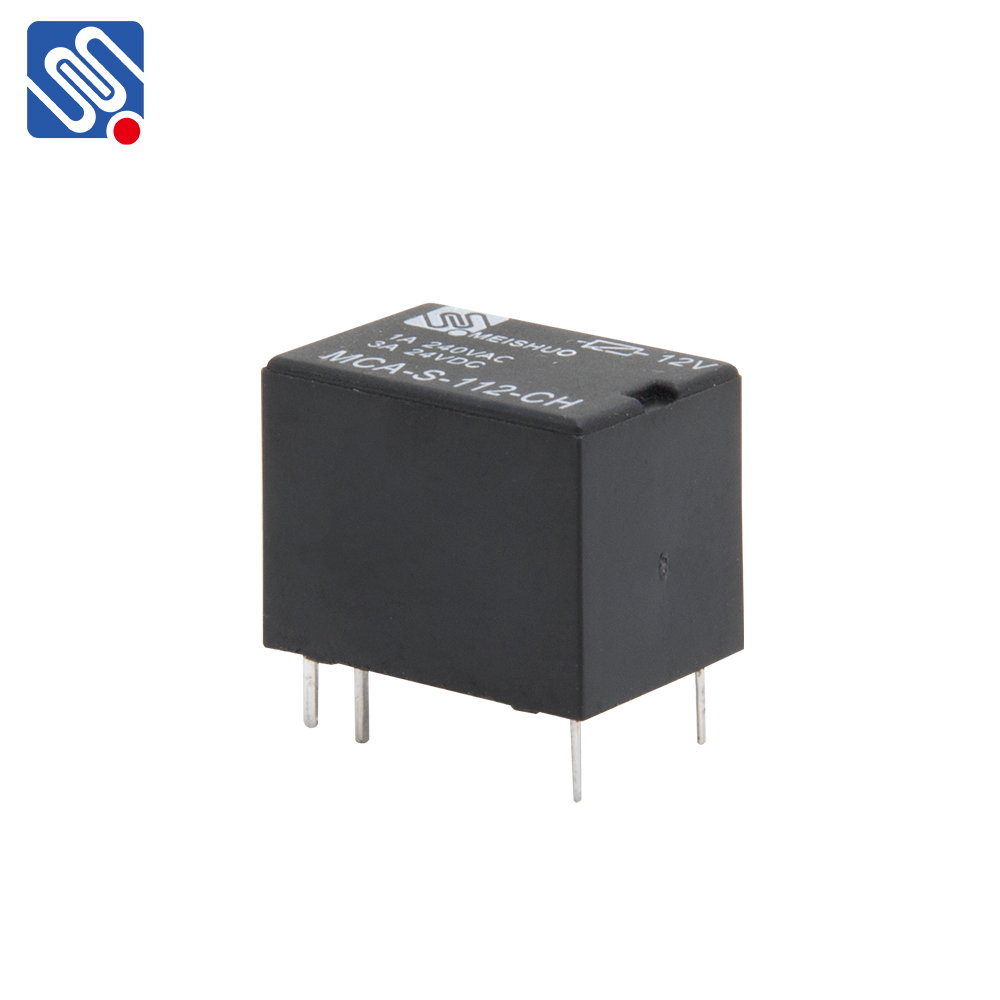wireless relay: enhancing communication range and network efficiency
Release time:2025-10-26 10:07:28
Wireless relay is a crucial technology in modern wireless communication systems, playing an essential role in extending the coverage of networks, improving signal quality, and ensuring seamless connectivity. In the evolving landscape of wireless communication, such as Wi-Fi, cellular networks, and satellite communication, wireless relays are increasingly relied upon to bridge communication gaps, enhance data transmission, and boost overall network efficiency. This article delves into the concept of wireless relays, their functionality, types, applications, and challenges.

What is a Wireless Relay?
A wireless relay refers to a device or method used to relay or forward wireless signals from one point to another in a network. The primary function of a wireless relay is to amplify, retransmit, or redirect signals, thus enabling communication between devices or nodes that might otherwise be out of range or unable to communicate directly due to obstacles or distance limitations. In wireless networks, this concept is similar to a relay race, where the baton (signal) is passed from one relay station (device) to the next.
How Does Wireless Relay Work?
The basic working principle of a wireless relay is simple: it receives an incoming signal, processes it, and then transmits it to the next stage or device. In the context of a communication system, the process involves the relay device receiving the wireless signal from a transmitter, amplifying or reconfiguring it if necessary, and then forwarding it to the intended destination.

